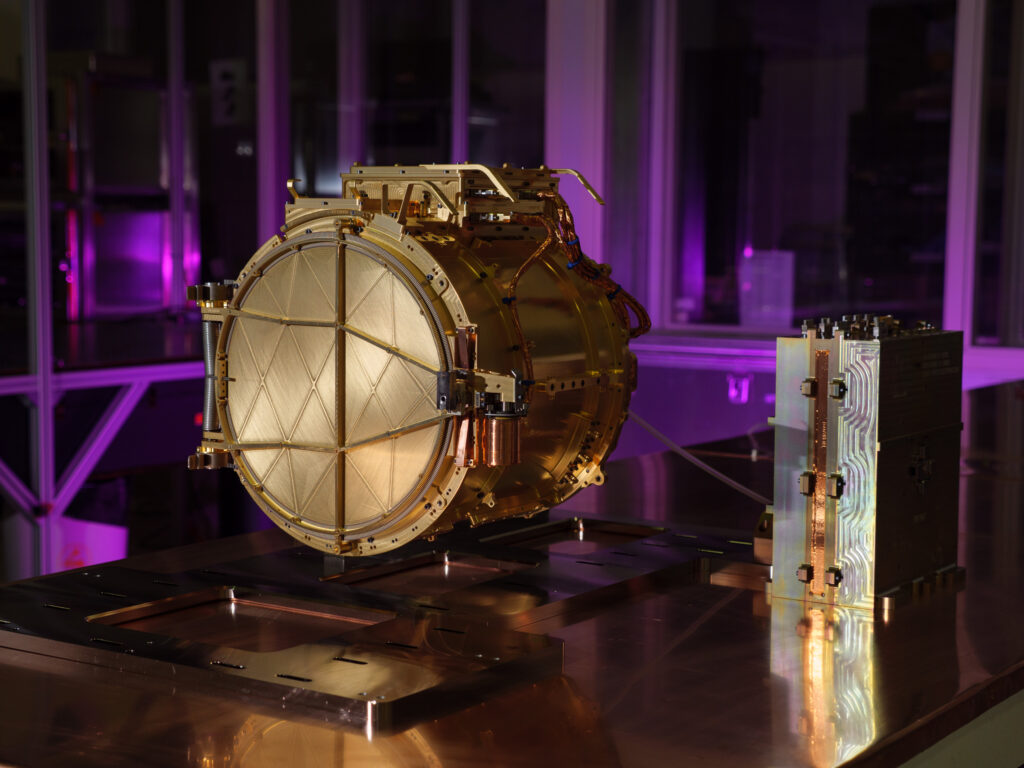Scientists, working with the support of NASA, concluded that the instruments installed on the spacecraft are able to detect a single bacterial cell or small particles of bacteria in the ice grains ejected from the oceans of Enceladus and Europa. This is stated in a paper published in the journal Science Advances.

Currently, a significant proportion of scientists believe that the most promising places to look for life in the Solar System are the moons of the giant planets, under the icy surfaces of which hide huge oceans. The main problem is that getting to these oceans is not easy. This requires a probe with a nuclear propulsion system, which manages to break through the multi-kilometer thick ice and then transmit data to the surface. Building such a spacecraft is a very challenging task. Even according to the most optimistic estimates, it is unlikely to be realized before the middle of the 21st century.
Fortunately, scientists have an alternative. Some icy moons, such as Enceladus and possibly Europa, eject material from their subsurface oceans into space in the form of plumes of ice grains and gas. Cassini measurements have shown a great diversity in the composition of the ejected ice grains. At the same time, only 1 to 4% of the ice grains in the Enceladus plume contain organic material in high concentrations. All of this raises the question of whether modern instruments can find traces of life in this substance, especially if it is just one bacterium or fraction thereof.
Backed by NASA’s Jet Propulsion Laboratory, a team of scientists, got a positive answer to that question. Their study showed that scientific instruments like the Dust Analyzer (SUDA), installed on board the Europa Clipper, could do the job. Mass spectral signals characteristic of bacteria can be clearly identified even if the ice grain contains less than one cell.

This is good news for the Europa Clipper mission. At the moment, scientists have no consensus on whether Europa is emitting the substance. But if the answer to that question is positive, and they are connected to its subsurface ocean, then the spacecraft has a chance of finding the answer to the question of whether the moon is habitable. Also, we shouldn’t forget about the mission to Enceladus being developed by ESA, which will be launched in the early 2040s and will also search for life.
According to NASA


